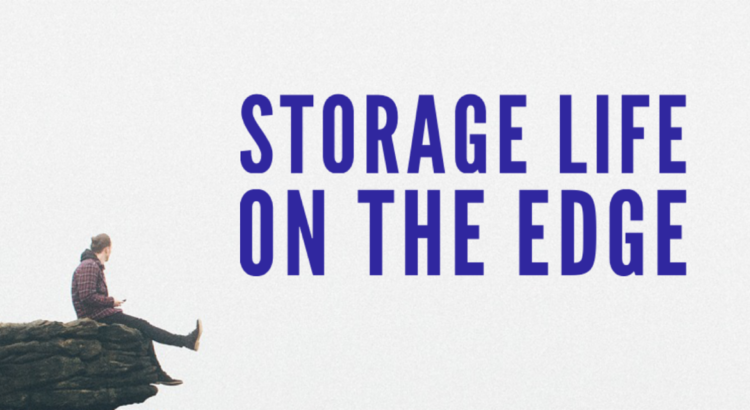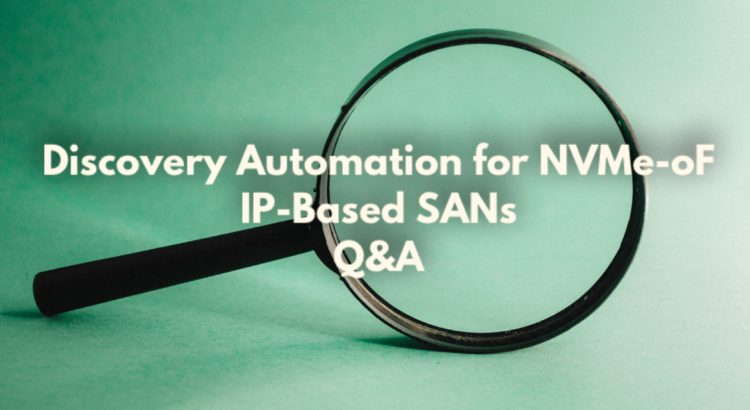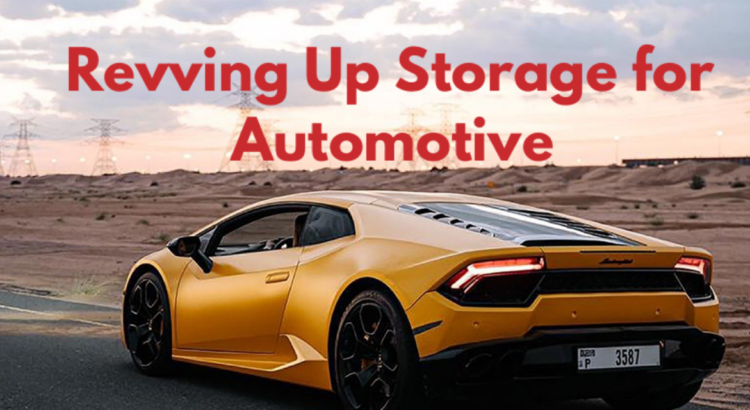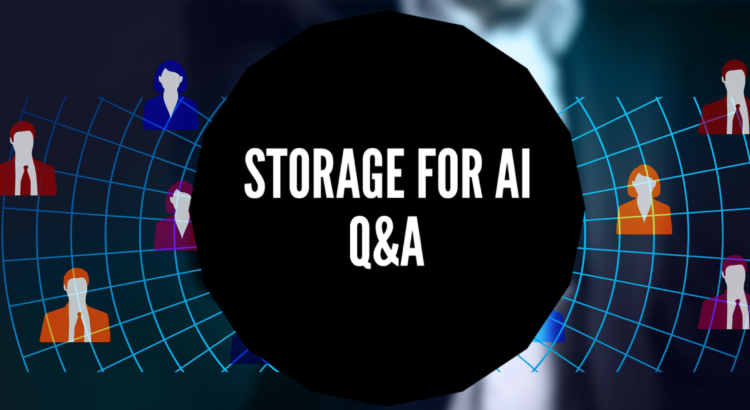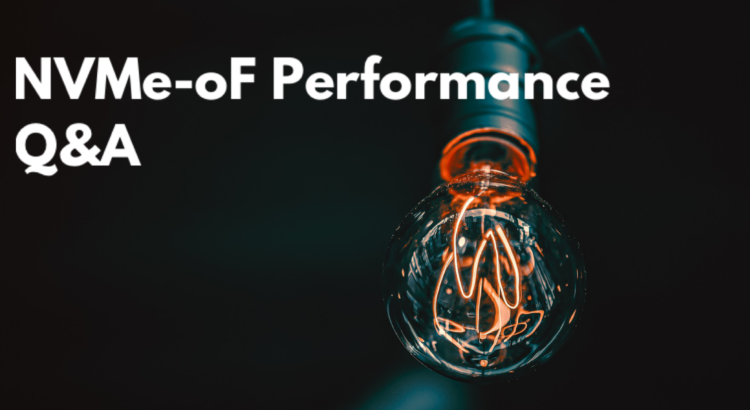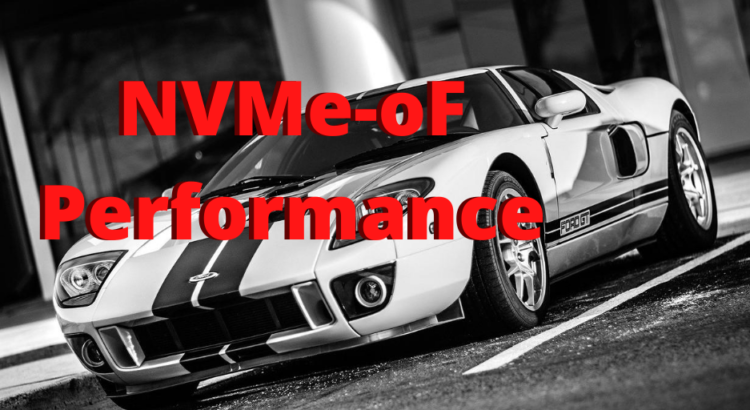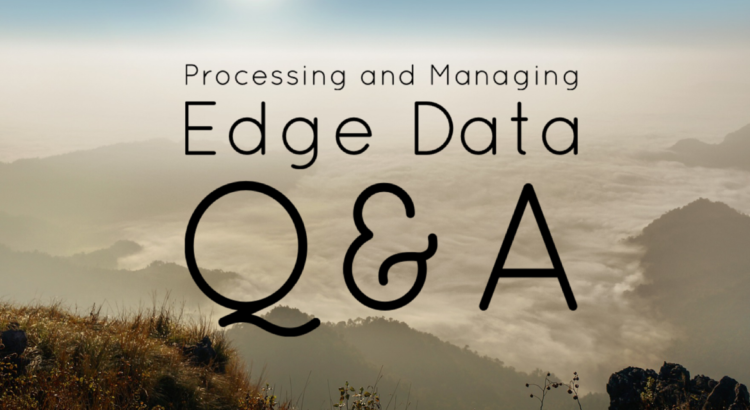
Processing and Managing Edge Data Q&A
The SNIA Networking
Storage Forum (NSF) kicked off our “Storage Life on the Edge” webcast
series with a session on managing data from the edge to the cloud and back. We
were fortunate to have a panel of experts, Dan Cummins, John Kim and David
McIntyre to explain key considerations when managing and processing data
generated at the edge. If you missed this introductory session, it’s available
on-demand, along with the presentation slides at the SNIA
Educational Library.
Our presenters spent a good percentage of time answering
questions from our live audience. Here are answers to them all.
Q. Could an application be deployed simultaneously at
near-edge, far edge and functional edge? Read More

